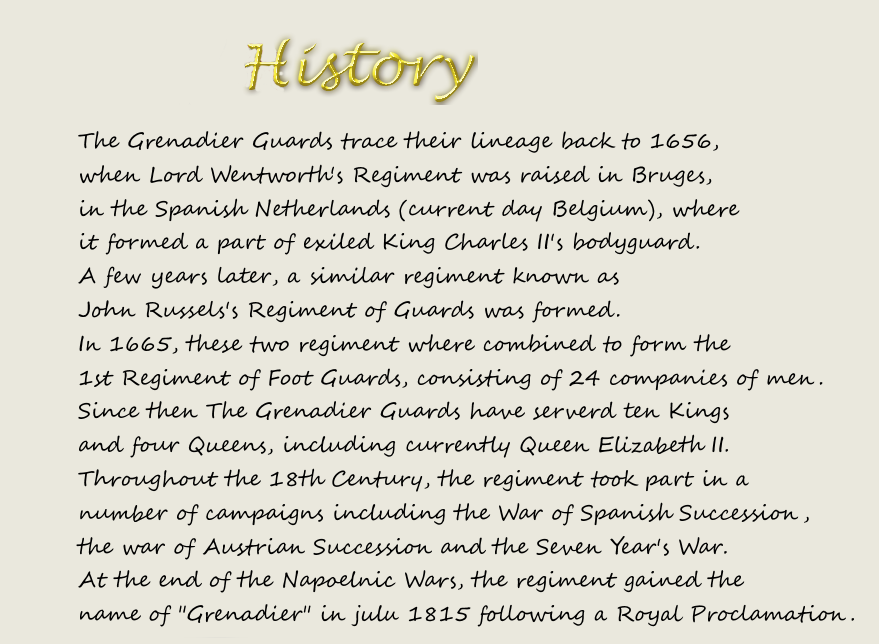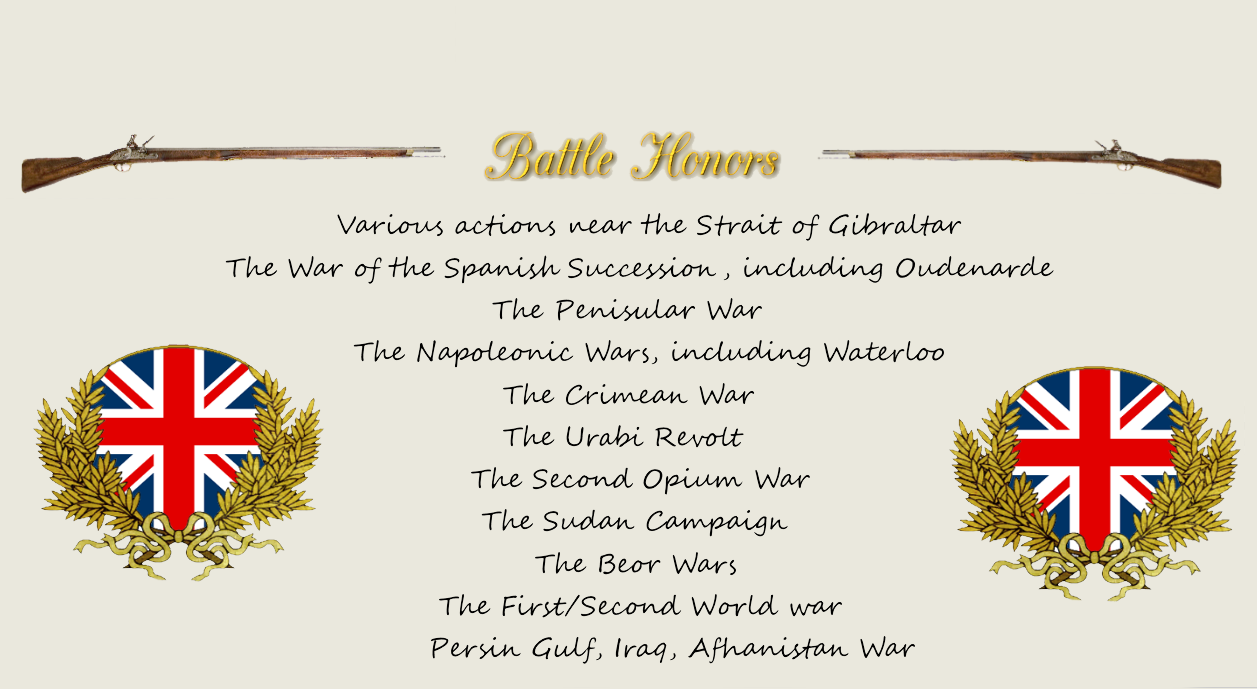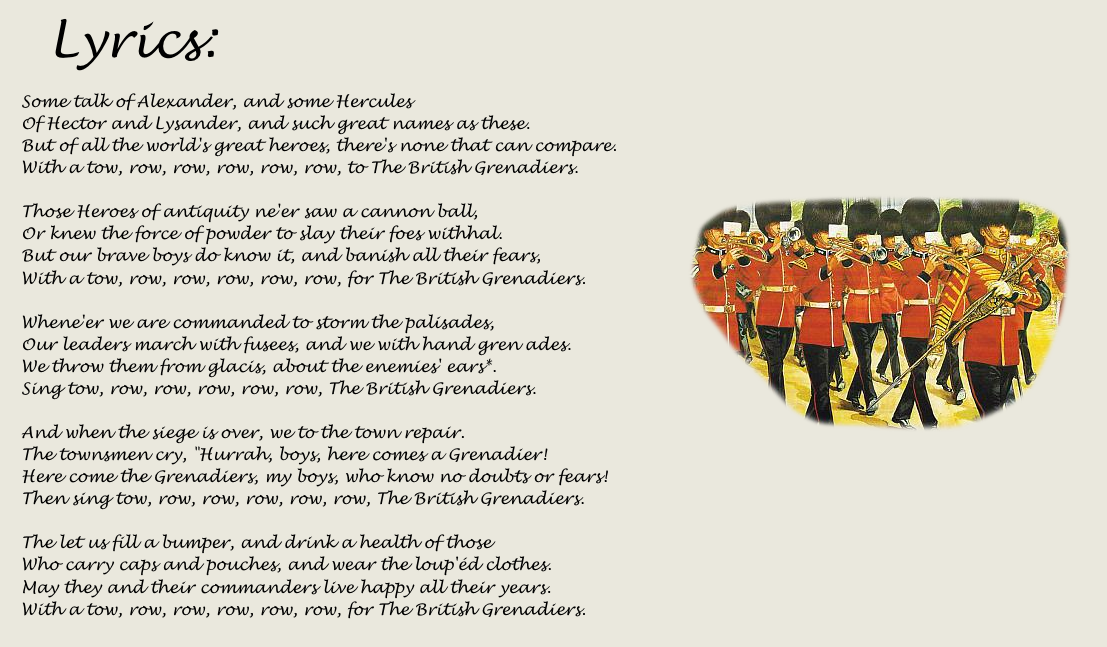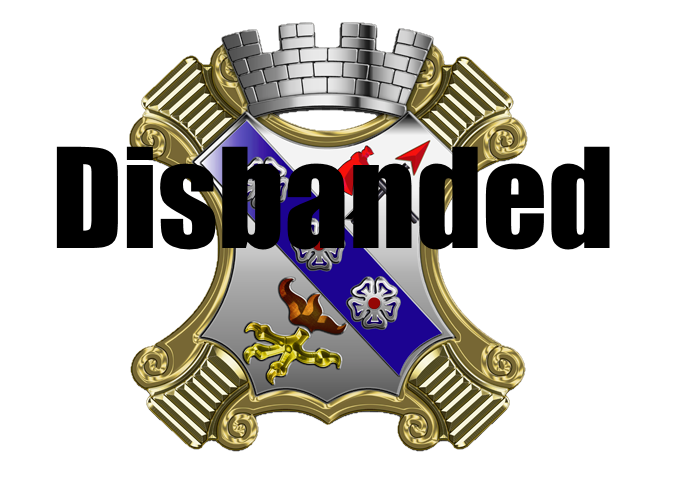Welcome to the 1st Brigade

The 1st Brigade was formed by General Nathan and LtGeneral Ozzy
 Regimental Roster 37th Royal Marines Colonel Francis
Regimental Roster 37th Royal Marines Colonel Francis  History about the 37th
History about the 37thThe 37th (North Hampshire) Regiment of Foot was raised in Ireland in February 1702.
During the Jacobite rebellion of 1745 - 46 the regiment fought at the Battle of Falkirk (1746) where it was commanded by Sir Robert Munro, 6th Baronet and later at the Battle of Culloden where it was commanded by Col. Dejean.
Initially called Meredyth's Regiment, it was ranked the 37th Foot in 1747. Until the year 1751 it also used the names of its seven later Colonels (including Edward Montagu) and in 1751 became formally the 37th Regiment of Marines, with the North Hampshire distinction being added in 1782. The regiments' battle honours include; Blenheim, Ramillies, Oudenarde, Malplaquet, Dettingen, Minden and the Peninsula Campaign.
The Regiment was merged, in 1881, with the 67th (South Hampshire) Regiment of Foot to become the Hampshire Regiment. The 37th became the 1st Battalion and the 67th became the 2nd Battalion.
 The DMR Colonel Ghost
The DMR Colonel Ghost  16th The Queens Colonel Madness
16th The Queens Colonel Madness  History about the 16th
History about the 16thThe regiment was raised as the second of the new regiments of light dragoons in 1759, as the 16th Regiment of (Light) Dragoons, also known as Burgoyne's Light Horse. In 1766 they were renamed after Queen Charlotte as the 2nd (or The Queen's) Regiment of (Light) Dragoons, the number being an attempt to create a new numbering system for the light dragoon regiments. However, the old system was quickly reestablished, with the regiment returning as the 16th (The Queen's) Regiment of (Light) Dragoons in 1769.
Shortly after its establishment the regiment saw combat in February 1761 against French forces garrisoning Belle Île. During the subsequent eight months the 16th Light Dragoons served as part of a British force campaigning against the Spanish.
The 16th Light Dragoons arrived in New York in September, 1776. They were involved in fighting at Brandywine, Paoli, and Monmouth Court House. The regiment returned to Britain in December, 1778.
During 1793-96 the 16th Light Dragoons served in the Low Countries during the early stages of the French Revolutionary Wars, distinguishing itself at the Battle of Beaumont. In Spain and France between 1809 and 1814 the regiment suffered 309 casualties in a series of separate encounters. At Waterloo the regiment charged with Vandeleur's Cavalry Brigade.
They became lancers in 1816, as the 16th (The Queen's) Regiment of (Light) Dragoons (Lancers). In the course of 24 years unbroken service in India, from 1822 to 1846, the regiment saw action in both the 1st and 2nd Afghan Wars, the Maharatta War and the Sikh War of 1845-46. As lancers they were the first British regiment to use this weapon, at the Siege of Bhurtpore in 1826
The regimental title was simplified in 1861 to the 16th (The Queen's) Lancers. The Regiment was posted to India in the early 1900s, but took part in the Second Boer War in South Africa 1900-1901.
After service in the First World War the regiment was retitled as the 16th The Queen's Lancers in 1921 and amalgamated with the 5th Royal Irish Lancers to form the 16th/5th Lancers (later the 16th/5th The Queen's Royal Lancers) the following year. This measure was part of a general reduction of mounted cavalry numbers in the British Army.

 Add me on steam for further information
Add me on steam for further information 




























